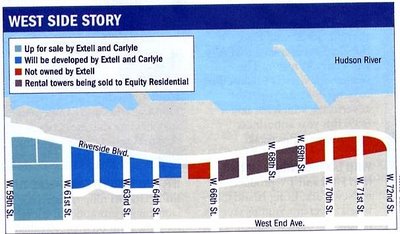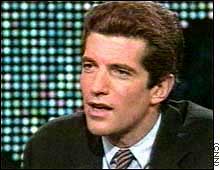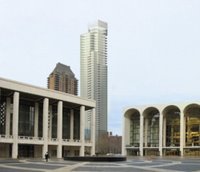Behind the Numbers
Oft-quoted facts and figures about New York markets require second look and a critical eye
"In early summer, the Real Estate Board of New York issued a press release saying that median sale prices for Manhattan condominiums rose by 22 percent in the first quarter of 2006 relative to one year ago, while sale prices for co-operatives were up by 5 percent during the same period.
Although the figures in the REBNY release are correct to the extent that transaction data is available, those numbers don't tell the whole story about getting a correct interpretation of real estate data.
In Manhattan, where the majority of co-op sales data is private, most prices are not made public. So price data for co-operatives is often incomplete (though that looks likely to change under a bill expected to be signed into law by Gov. Pataki making co-op sales data public), and the numbers that circulate are inadequate. At the same time, median price figures can vary widely from quarter to quarter since one very large sale can raise the median significantly. Price-per-square foot is a much more reliable indicator, though that figure, too, is often not available for co-op sales.
Whenever a market report is released, it's always possible to take a single statistic and harp on it," says Greg Heym, director of research and chief economist for Halstead Property in Manhattan. "People may say, 'Look, this area of the market is slowing, and here's the number that shows it.' That's why it's always important to use statistics like average or median price in conjunction with other indicators to get an accurate idea of what's happening."
 [John Jay] The new facility will be 600,000 gross square feet and will increase the campus overall space by 36%. The new building will create a more unified campus that will provide space for classrooms and lecture halls, modern forensic science, instructional research laboratories, administrative offices, faculty offices, student activities as well as campus and academic support services. Some of the features include a main entrance on 59th street and secondary one on 11th Avenue (that includes a street level cafe); moot court, black box theater for students; consolidation of student services on the entry floor; academic quad floor plans that will promote faculty and student interaction; science center; outdoor campus commons, new "smart classrooms"; computer labs, indoor and outdoor dining and lounge space for students and faculty; dramatic public space throughout the building; and a new Theater lobby.
[John Jay] The new facility will be 600,000 gross square feet and will increase the campus overall space by 36%. The new building will create a more unified campus that will provide space for classrooms and lecture halls, modern forensic science, instructional research laboratories, administrative offices, faculty offices, student activities as well as campus and academic support services. Some of the features include a main entrance on 59th street and secondary one on 11th Avenue (that includes a street level cafe); moot court, black box theater for students; consolidation of student services on the entry floor; academic quad floor plans that will promote faculty and student interaction; science center; outdoor campus commons, new "smart classrooms"; computer labs, indoor and outdoor dining and lounge space for students and faculty; dramatic public space throughout the building; and a new Theater lobby.










